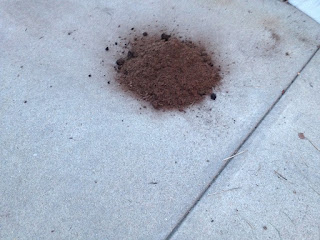With the wet spring across the Midwest many have asked about grass baselines. Let's take a closer look.
Does that really work? I get that question all of the time. So, I
stopped by Dunker Field today to take a few photos. J&D Turf
applies fertilizer and chemicals to the field during the year. We also
laser grade the infield each fall. Enough with the background info,
lets get to the photos. Keep in mind, this was after over 100 games and
practices..........
First base and third base:
As you can see, the baselines are in great shape. A couple things to remember with grass baselines:
1.
There will be maintenance to the lines. Constant overseeding with
ryegrass and allowing the runners to "cleat it in" is necessary weekly
when there is play
2. Don't be afraid to sod the area off of 3rd
base. As you can see from this photo, the area where the players lead
off will be worn. Just install a row or two of new sod each fall. Sure
beats trying to dry wet baselines!
3. Finally, grass baselines work best when building a new field or when renovating and laser grading an existing field. Click
HERE to see a renovation that took place last summer at Martinsville High School.
So yes, grass baselines will perform well with the correct installation and maintenance plan.
Go to
j-dturf.com to learn more about J&D Turf.
Play on!
--Jamie
@JamieMehringer























































